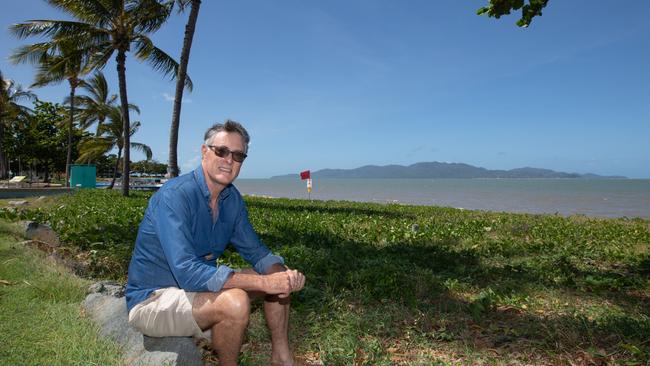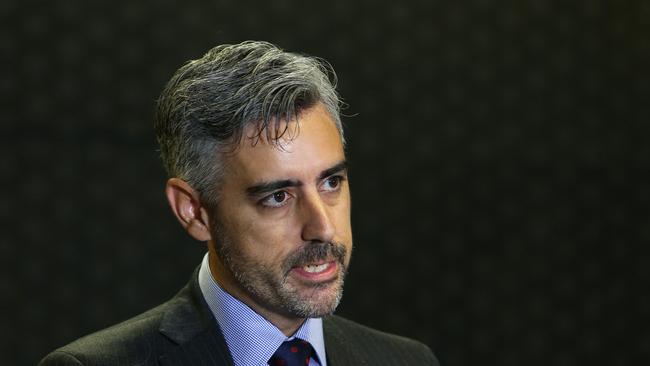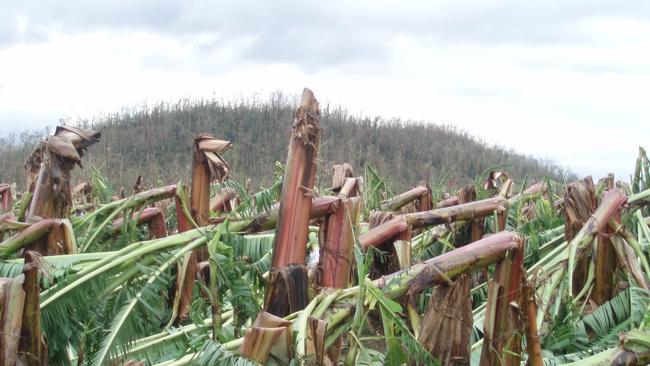Call to mitigate cyclone risks
Insurers say there have been enough investigations and inquiries and it’s time to act on cyclone preparedness.

There may only be three or so months left of cyclone season at the top end of Australia, but insurers, meteorologists and academics aren’t resting on their laurels.
While ex-tropical Cyclone Penny was lingering off north Queensland’s tropical coast over the weekend causing heavy rain, any threat has receded. Still, according to the Bureau of Meteorology, an average of 4.7 tropical cyclones affect Queensland every year.
The insurance industry is acutely aware of future cyclone risks, including as population grows in the north and as warmer weather increases risks of cycles further down Australia’s coastline.
Suncorp’s acting executive manager government, industry and public policy, Joshua Cooney, stresses the importance of mitigation and cyclone preparedness, and says it’s time for action following several investigations and inquiries.
“It is a cold hard truth for residents and businesses in northern Australia and has been laid bare by the investigations and inquiries,” he said. “We’ve had enough investigations now … it’s time to get to the heart of the matter.”
Mr Cooney cites Productivity Commission data which put 97 per cent of spending on natural disasters happening after the event, with just 3 per cent of outlay occurring beforehand.
“That equation is completely out of whack,” he says. The Netherlands provided a good example of a “massive mitigation” program — given that 60 per cent of its land mass was under sea level — that was embedded in communities.

In a December interim report, the Australian Competition & Consumer Commission found not only were insurance premiums higher in northern Australia but they had risen at a faster rate, ballooning 130 per cent in the decade through to 2018. That compared with a 50 per cent increase in the rest of the country.
The inquiry, which wraps up in 2020, found factors contributing included extreme weather and insurers setting premiums at an individual address level, rather than pooling risk across regions.
The study — which included eight public forums and 280 submissions — did not, however, find evidence of insurers making “high or excessive profits” in northern Australia.
“High claims and costs have resulted in the majority of insurers operating at a loss in northern Australia during the past decade,” the ACCC said. Its 15 recommendations included abolishing stamp duty on insurance and banning broker commissions.
The Hayne royal commission, which will hand down its final report by February 1, will also delve into the general insurance market and commissions. There are a range of measures well under way on cyclone mitigation, but the industry is of the view that more is required.
The James Cook University Cyclone Testing Station in Townsville, founded in 1977 in response to widespread destruction caused by cyclone Althea to Townsville and Cyclone Tracy to Darwin, is playing a key role in mitigation and data collection.

One of its recent joint initiatives will see the station’s staff assess the structural resilience of as many as 5500 properties as part of a three-year strata insurance program.
Chairman of the JCU station’s advisory board John Galloway says governments, both state and federal, will only take cyclone risks seriously following another destructive event. “For the politicians to sit up and take note it will take a direct hit on a big city like Cairns or Townsville,” he said. “It will be like history repeats itself with Tracy and Darwin for a real co-ordinated effort to be made.”
Cyclone Tracy hit Darwin in 1974, killing 71 people and causing $837 million in damage at the time. More recently, events including Cyclone Debbie in 2017 and Cyclone Yasi in 2011 have caused havoc for northern communities.
The JCU cyclone testing station conducts a range of testing including via a cannon that fires coconuts or timber at windows, doors, shutters and cladding to measure resilience to cyclone-related debris. It also conducts airbox and tunnel testing for wind pressure. Its deployment team erects three-metre weather stations before a cyclone hits land, meaning it has extensive data that can also help with predicting potential damage.
One insurer’s modelling also points to further cyclone risks in the future.
“In recent years we have seen an increase in the frequency of severe weather events that are affecting greater and greater numbers of people. And we know climate change impacts will increase even further,” Insurance Australia Group’s chief executive Peter Harmer said in October.
Industry players are encouraging property upgrades, including roofs and other structures particularly for older houses.
Suncorp started its Cyclone Resilience Benefit in 2016 that enables north Queensland customers to receive insurance premium cuts of up to 20 per cent for making homes more cyclone-proof.
John Doolan, a former chief technology officer at Glencore Technology, takes the reins as the head of JCU cyclone testing station this week. The station’s benefactors include the Queensland Government, Suncorp, IAG, BlueScope Steel’s Lysaght, Shed Safe and Master Builders Queensland.




To join the conversation, please log in. Don't have an account? Register
Join the conversation, you are commenting as Logout